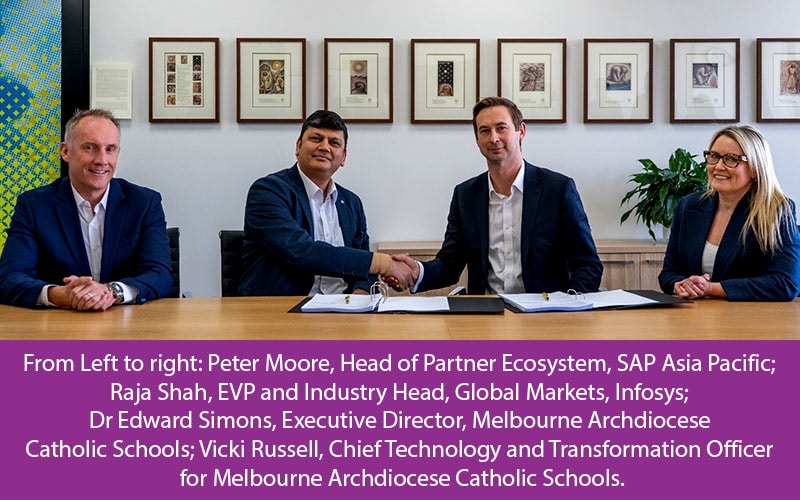16 July 2025
On 30 June 2025 and 1 July 2025, the Monetary Authority of Singapore (“MAS”) published revised anti-money laundering and countering the financing of terrorism (“AML/CFT”) notices (“Notices”) and guidelines to the Notices (“Guidelines”) for financial institutions (“FIs”) and variable capital companies (“VCCs”). The revised Notices and Guidelines took effect on 1 July 2025.
The changes to the Notices and Guidelines apply across the financial sector – including banks, merchant banks, finance companies, payment service providers, direct life insurers and other insurers, capital markets intermediaries, financial advisers, the central depository, approved exchanges and recognised market operators, approved trustees, trust companies, non-bank credit and charge card licensees, and digital token service providers – and to VCCs.
The changes arise from MAS’ regular review of its AML/CFT framework, aimed at ensuring that its supervision of FIs and VCCs takes into account the latest money laundering (“ML”), terrorism financing (“TF”), and proliferation financing (“PF”) developments, including Financial Action Task Force (“FATF”) and international standards. MAS sought feedback on a draft version of the changes in a consultation paper published on 8 April 2025 and published its response to feedback received (“Response”) on 30 June 2025.
Inclusion of PF in ML, and PF risk assessments in ML/TF risk assessments
The FATF Standards require FIs and designated non-financial businesses and professions to identify, assess, understand, and mitigate their PF risks. To ensure the Notices are updated and in line with the revised FATF Standards, MAS has amended the Notices to clarify that ML includes PF, and thus that ML risks include PF risks, such that the requirement for FIs and VCCs to carry out ML/TF risk assessments includes PF risk assessments. While positioned as an amendment to the Notice, this requirement should not in substance be something new or unfamiliar to FIs and VCCs.
In the Response, MAS stated that PF risk assessments can be carried out on a standalone basis or as part of the ML/TF risk assessments that FIs and VCCs are already conducting, and that PF risk assessments should be done as soon as possible if they are not already being carried out.
For guidance on PF risk assessment, MAS refers FI and VCCs to the AML/CFT Industry Partnership (ACIP) Best Practice Paper, Countering Proliferation Financing – Industry Perspectives on Best Practices (“Best Practice Paper”), which was published in March 2025. This paper contains PF typologies, risk indicators, and risk mitigation measures, provides guidance on how to conduct PF risk assessments, and includes sector-specific guidance. FIs and VCCs may refer to documents such as the Best Practice Paper for guidance on PF risk assessments, as well as reports published by international bodies such as the United Nations Security Council and the FATF.
Amendments to MAS Notice TCA-N03
Amendments have been made to MAS Notice TCA-N03 on Prevention of Money Laundering and Countering the Financing of Terrorism – Trust Companies (“TCA-N03”) including to:
- expand the definition of “trust relevant party” in paragraph 2.1 of TCA-N03 to include:
- a “protector”, a “class of beneficiaries”, and an “object of a power”; and
- “any other persons with the power under the legal arrangement instrument or by law” to, for example, deal with the property under the legal arrangement or vary the legal arrangement;
- specify the following additional information in respect of the trust relevant parties of a legal arrangement which trust companies are required to obtain and hold:
- information on the identity of the protector;
- information on the identity of the class of beneficiaries and object of a power; and
- information on the identity of any other natural person(s) exercising ultimate effective control over the trust relevant party;
- set out that the coverage of paragraphs 6.14 to 6.16 of TCA-N03 (relating to the identification and verification of identity of effective controller) applies to all trust relevant parties of a trust or other similar arrangement; and
- specify the collection of certain information of the legal arrangement (e.g. the full name, unique identifier such as a tax identification number or its equivalent, the trust deed (or its equivalent) and purpose for which the legal arrangement was set up, and the place where the legal arrangement is administered).
Amendments to Guidelines to clarify timelines for filing of STRs
Under the Notices, FIs and VCCs are required to ensure that suspicious transaction reports (“STRs”) are filed with the Suspicious Transaction Reporting Office promptly. MAS has clarified in the Guidelines that the filing of an STR should not exceed five business days after suspicion was first established, unless the circumstances are exceptional or extraordinary. In cases involving sanctioned parties and parties acting on behalf of or under the direction of sanctioned parties, FIs and VCCs should file the STRs as soon as possible, and no later than one business day after suspicion was first established.
Many respondents sought clarification on the amendment to the STR filing timelines, in particular, whether the timelines include the time required by an FI or VCC to conduct investigations. MAS has clarified that “establishment of suspicion” refers to the point in time when an FI or VCC concludes that the filing of an STR is warranted based on available information, the circumstances, and its investigations. As indicated in the consultation paper, this is aligned with the definition of “date of detection” in the revised STR template and is not intended to impact the timelines for fact-finding and investigations. On that basis, the amendment should not have an effect on the quality or number of STRs filed.
MAS has also set out in the Guidelines the need for FIs and VCCs to ensure that there are processes in place for them to:
- identify and prioritise the review of concerns of higher ML/TF risks;
- ensure that such concerns of higher ML/TF risks are reviewed promptly; and
- require any such concerns of higher ML/TF risks that cannot be reviewed promptly to be escalated to senior management, or a similar oversight body, for the application of appropriate ML/TF risk mitigation measures.
Reference materials
The Response is available from the MAS website www.mas.gov.sg.







